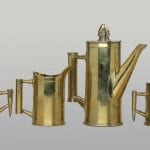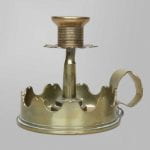Hello, and welcome to this post on our latest project, “Think You Can do Better?”. This project was about taking on the role of a political party in the Canadian federal election and creating the basis for a campaign. My party was comprised of Jordan, Jonathan, Liam, and myself.
Here you can see our campaign video, detailing our intentions and plans.
The video above was the final product of the project.
The HPC (Hippopotamus Party of Canada)
You can read more about our party and our ideas here, on my post detailing the party if you want to read more. Our party believed the current inflated housing market in populated areas, as well as our ever-growing national debt to be problems that need fixing before they get even more out of hand. Our reasoning for the housing crisis is self explanatory. This is seen in our campaign video with a decent sized Vancouver home costing as much as $2,000,000. Thats a lot of money! The debt crisis is more of a controversial topic. The main reason people will denote national debt is because they believe government to function almost indifferently under debt or not. And they are partially right. The big issue with that though is the large hit the country will take if another event like the pandemic occurs, because the debt a country holds directly affects the amount of monetary support or budget the country can afford to spend attempting to recover, as well as the large interest rates. These interest rates can be observed here.
How should we govern ourselves?
This project had a very difficult driving question; “How should we govern ourselves?”. This question is particularly hard to answer because the answer will change depending on who your asking and what values and experiences they have. For me, I think that the best political system is one in which every different problem and angle on those problems is presented and heard. One such system, known as proportional reprentation (here is a great in-depth explanation from Fair Vote Canada). Proportional representation is a system where seats in government are spread throughout parties based on percentage of votes, for example, if a party were to get 15% of Canadian votes, they would get 15% of seats in the House of Commons. This means that the large percentage of Canadian’s who don’t vote on the grounds that their vote doesn’t matter, would lose their excuse.
Reflection
Overall, I think that this project put me into a new perspective on politics and showed me that the ideal system I have been talking about is very difficult to implement due to how the current system works. And I also think that despite advocating for such a this as an individual, as a party it is disadvantageous to have proportional representation due to the fact that there will almost never be a majority government. On the work side of things here, I think that our campaign video was very successful, even though we were missing some shots due to poor weather and tight time constraints. During this project I’m sure I could have made use of my new Zettelkasten to make my work easier on me, and I hope that I can do that in the future.
Thank you for coming to my TED talk, and I hope you’ll join me later for more!





